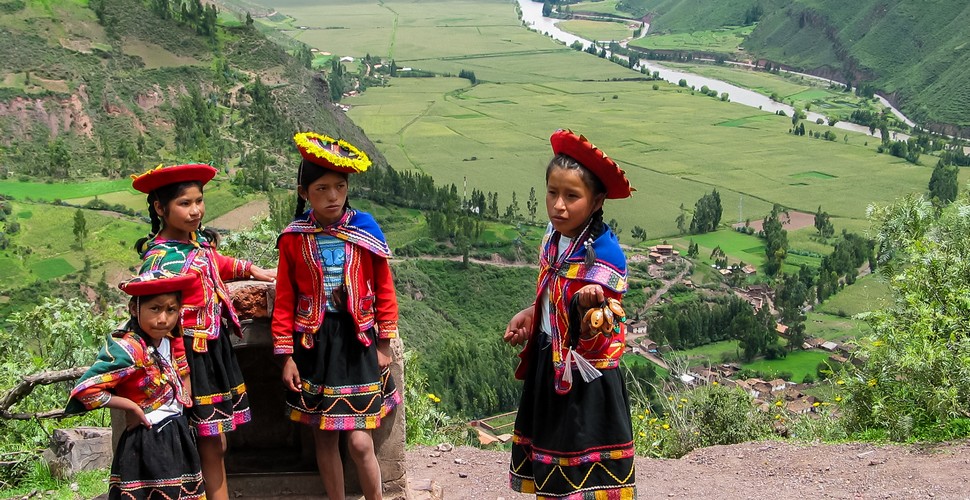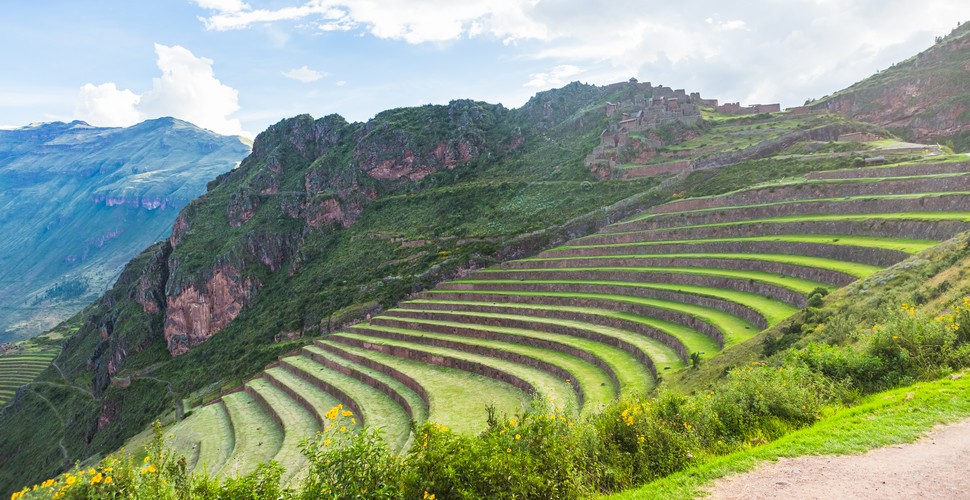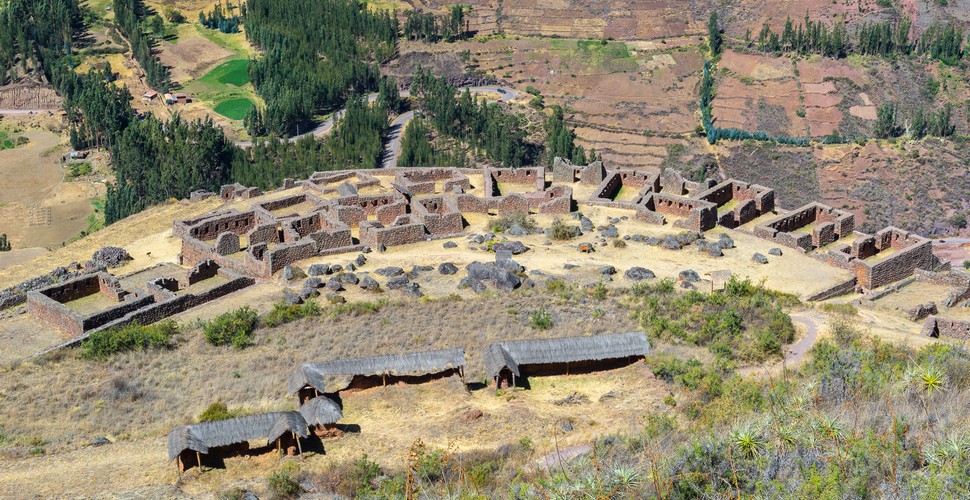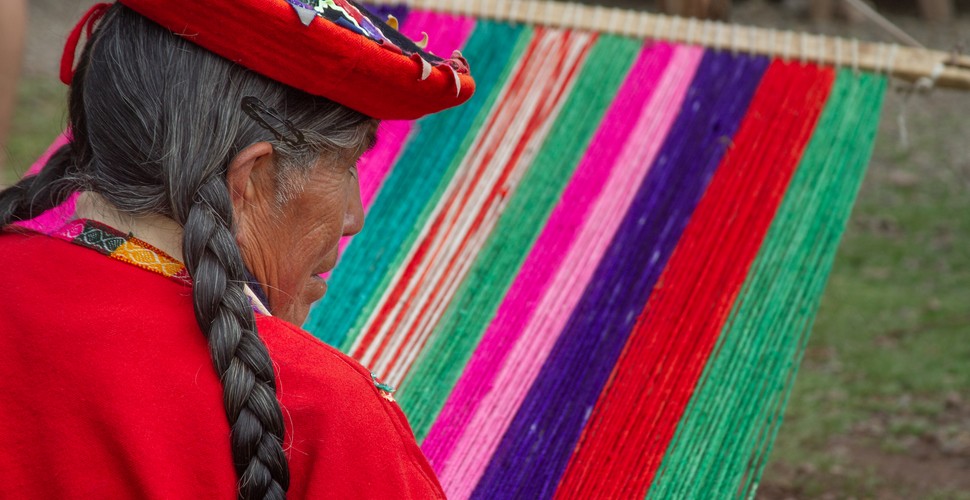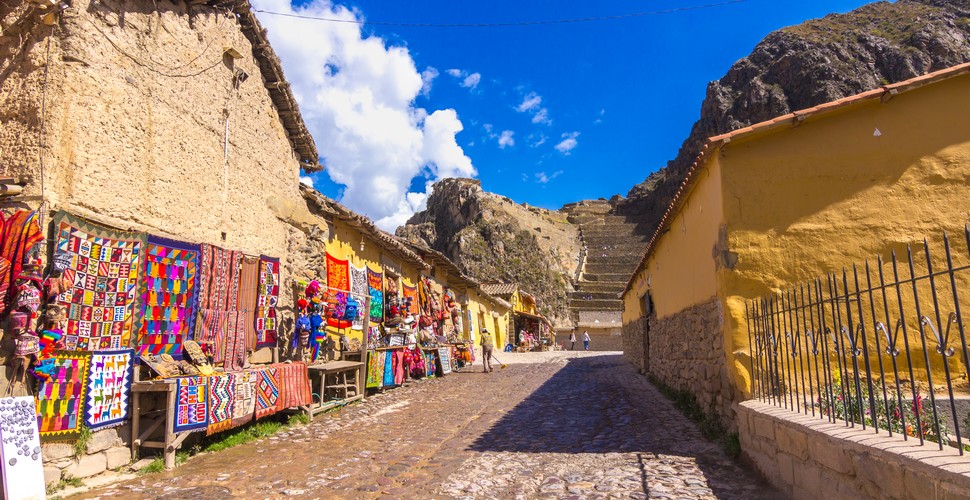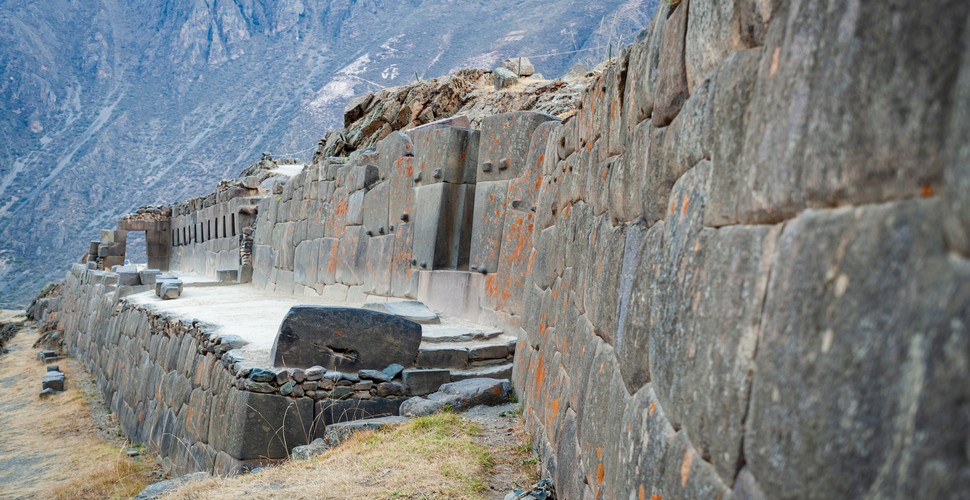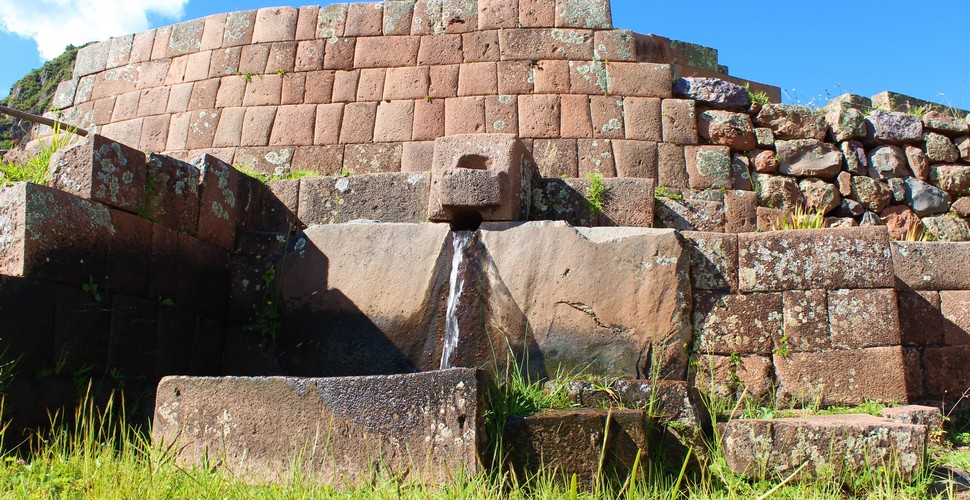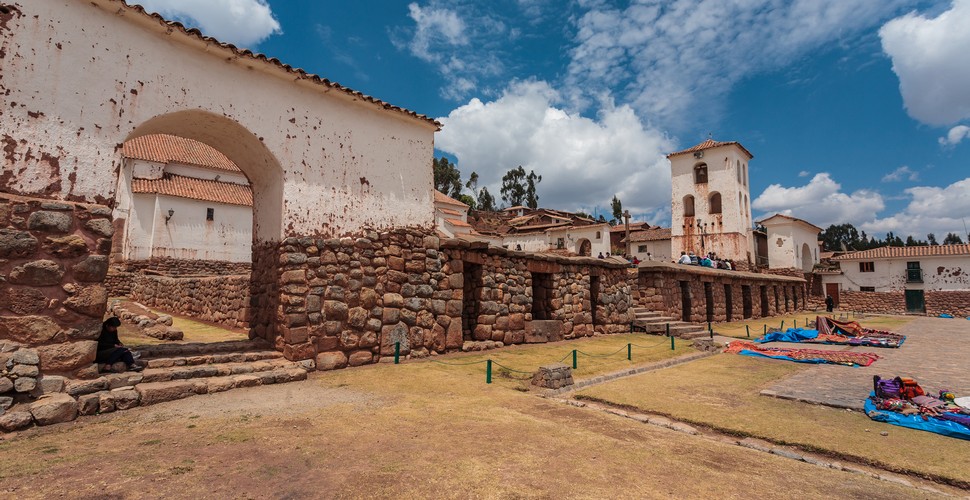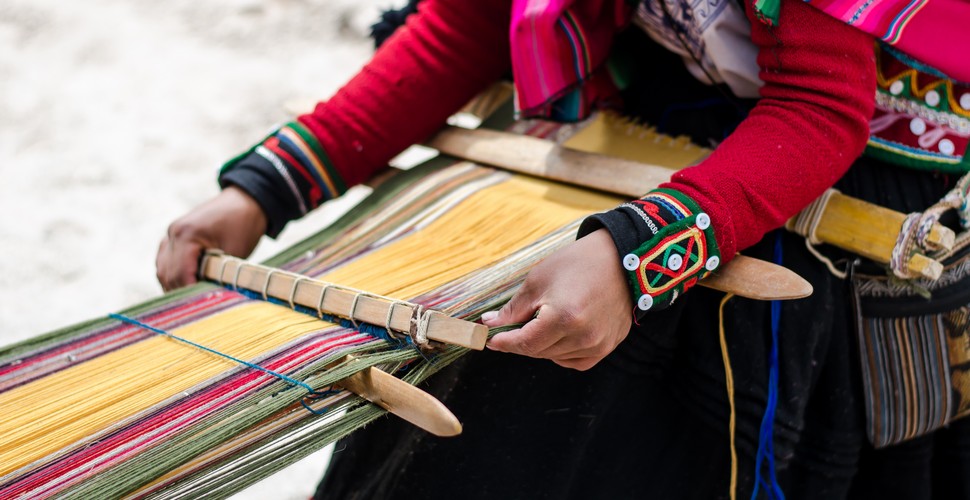

Claire Dean
Travel in South America is a joy to behold. The rich variety of destinations, experiences, landscapes and geography fascinated me so much, that I chose to relocate here, over 20 years ago! The best thing I ever did! Allow me to share my knowledge and passion for Central and South America with you and help you plan your holiday of a lifetime!

Exploring the Sacred Valley
Written by:Claire Dean
Last Update: 2025-02-27
The Sacred Valley is a beautiful region, approximately one hour's drive from Cusco. Peru's Sacred Valley is also the gateway to Machu Picchu. Explore the stunning archaeological sites of Pisac, Ollantaytambo, and Chinchero, on this magical one-day Sacred Valley tour from Cusco and dive into Inca history as well as see how the local communities still live in the traditional way, to this day.
Children in The Sacred Valley
Pisaq archaeological site
The Pisaq archaeological site guards the southern entrance to the Sacred Valley. Very little is known for sure about the site, including when and why it was built. The Killke culture occupied Pisac in the Late Intermediate Period, from 900 - 1200 AD as ceramics were found during the excavation and during the expansion of the Incas in the 1400s, Pachacuti, the ninth Inca king, ordered the site's construction.
Pisaq Terraces
Pisac was an important center for agriculture, trading, and a religious site during the Inca Empire's height. The Incas built the large Pisac complex, including temples, farming terraces, storage buildings, and homes for the nobility. Pisac is located at the intersection of the Sacred of the Incas, The Amazon, and the South of Cusco. Due to its strategic location, Pisac was also an important military center, as it served to control the neighboring regions. One theory is that it was built by Inca ruler Pachacuti, to commemorate his victory over the Cuyos people. Another possibility is that Pisac was constructed to protect Cusco from attacks by tribes from the Antis nation.
Pisaq Archaeological Site
Regardless of why it was built, there’s no doubt that Pisaq ruins occupy a strategic location. Perched high on a mountain ridge above the village of Pisaq, there’s a clear view of the surrounding valley. The ancient city is also protected by a plunging gorge. Pisac was grouped into sections, so the archaeological remains are spread apart but accessible by pathways. There was an agricultural zone, military sector, urban quarters, ceremonial center, and a cemetery. Qantus Raccay, was one of Pisac’s residential areas. It consists of a group of Inca baths, possibly used for religious purposes, and some other urban buildings. One of the things Pisaq is most famous for is the magnificent terraces that reach as far as the eye can see. Q’alla Q’asa is the highest point of the archaeological site and although it Inca may not have top-of-the-line construction techniques, it still has some impressive engineering. Most of the buildings are built onto the side of a rocky cliff, making the most of the few areas of flat land and blending in nicely with the surroundings. The Incas also had running water here. One thing is for sure, the Pisaq ruins are one of the principal archaeological sites to visit on a Sacred Valley tour from Cusco.
Pisaq Weaver
Ollantaytambo Inca archaeological site
Nestled in the heart of Peru’s Sacred Valley, Ollantaytambo is home to some of the most beautiful mountain scenery in Peru, and some of the most extensive and fascinating Incan ruins you’ll find anywhere. Ollantaytambo is also the most common starting point for the famed four-day Inca Trail trek to Machu Picchu, perhaps the most well-known trek in the world. Many visitors spend just an hour or two at the Ollantaytambo Ruins or skip it entirely on the way to Machu Picchu, which is a reason why you should visit this remarkable archaeological site on your Sacred Valley tour from Cusco.
Ollantaytambo Street
Ollantaytambo was an important Incan city in its time and the royal estate of the Incan Emperor Patchacuti. Upon the arrival of the Spanish, it was the site of the Battle of Ollantaytambo in 1537, led by Incan resistance leader Manco Inca against the conquistador Hernando Pizarro. Today Ollantaytambo is one of the most important destinations in the Sacred Valley. The ruins at Ollantaytambo are some of the most visited in the Sacred Valley of The Incas.
Ollantaytambo Ruins
This charming village boasts picturesque cobblestone streets lined with Inca canals that still flow with water. Walking along the narrow alleyways has a way of transporting you back in time when this was not only a strategic center, but a ceremonial hub of the Incas. Offering a rich history and the absolute sheer beauty of the Urubamba River Valley, there are endless things to do in Ollantaytambo Peru. For a geographically small area, Ollantaytambo boasts both Pre-Inca and Inca ruins, worthwhile hikes, and treasures scattered among the mighty snow-capped mountains. The perfect inclusion for a Sacred Valley tour from Cusco or the perfect stop off on any Machu Picchu vacation package.
Ollantaytambo Ruins
Chinchero archaeological site
Chinchero was the royal estate of Topa Yupanqui, the tenth Inca king and son of the great Pachacuti. He built this estate during his reign in the late 1400s. Most of the buildings have either been lost or incorporated into the church or other structures, all that’s really left are the terraces. But what terraces they are! Their restored condition is excellent and they dramatically overlook a sharp ravine. In the near distance, the mountains of the Sacred Valley rise, and beyond them stand the high peaks. in addition to the terraces, Chinchero has three sets of large wak’a or shrines carved in large rock outcrops. The first on our walk, Titicaca, lies down from and north of the large main plaza and west of the main terraces. It is a huge split boulder with each section as large as a house. It has a couple of sets of stairs carved, a large niche, as well as other modifications.
Chinchero Village
The ancient town of Chinchero comes alive on a Sunday when it is market day. The market is one of the most authentic traditional markets in The Sacred Valley with plenty of vendors, and local women in their traditional dress, food, and drink. Although you can buy authentic souvenirs, this market is not just for tourists. Many stalls sold fresh fruit & vegetables, bread, and cheese for the folks living in Chinchero and the surrounding villages. The food is delicious with local delicacies such as fried trout, chili relleno, chicha, and fermented corn beer, scooped from a bucket. Some chicha called Frutillada has strawberries in it, so it is sweeter and pink in color.
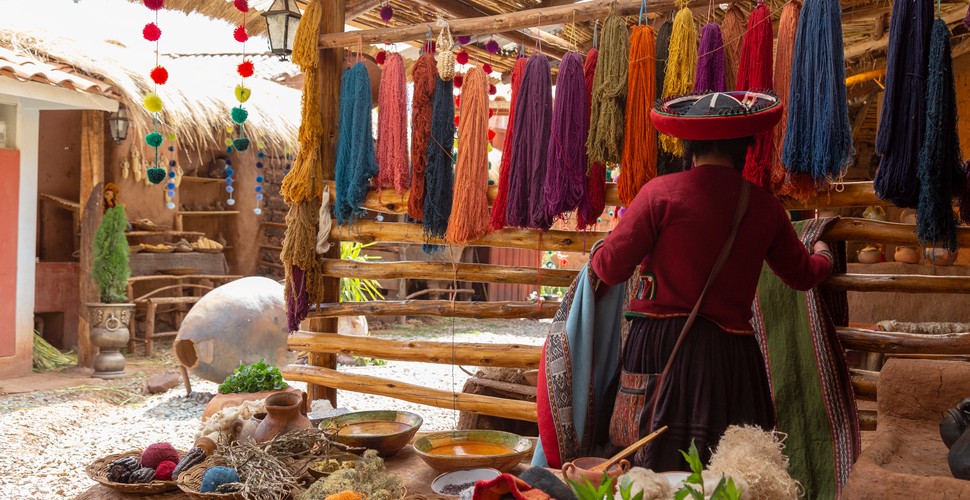
Chinchero Weavers Center
A stunning Adobe church and a colorful market will tell you that you're in the small town of Chinchero. By now, you might have understood that there are way too many things to do in the Sacred Valley, which is probably why the site of Chinchero is a little bit overlooked. The ruins at Chinchero consist of a series of nested terraces built for farming and agricultural purposes, and some are still in use today. This is a lesser-visited site but one that you should visit on any Sacred Valley tour from Cusco.
Chinchero Weaver
If you want to visit the astounding Sacred Valley tour from Cusco on a one-day trip, then ask us here for more information about our remarkable Exploring The Sacred Valley tour.


